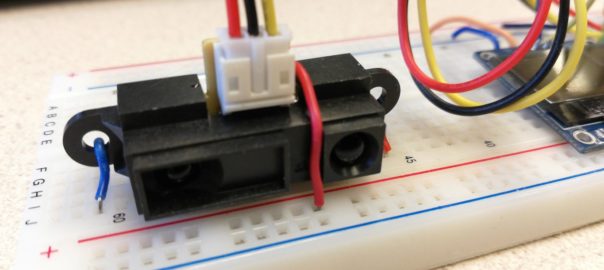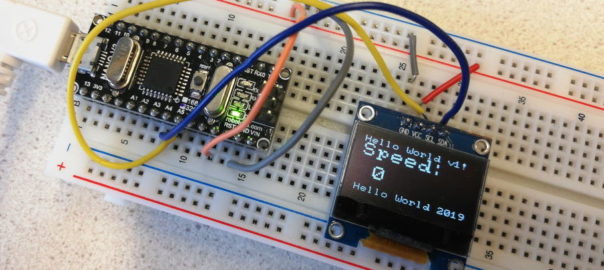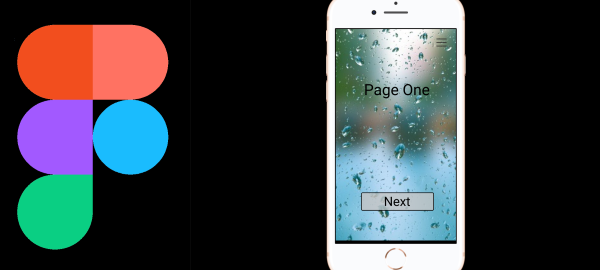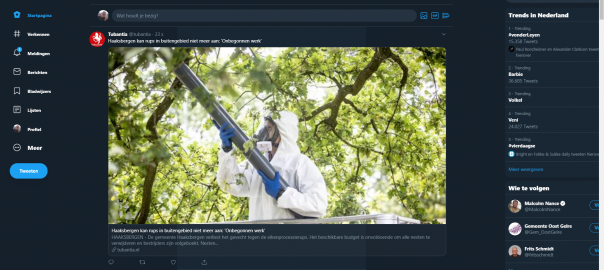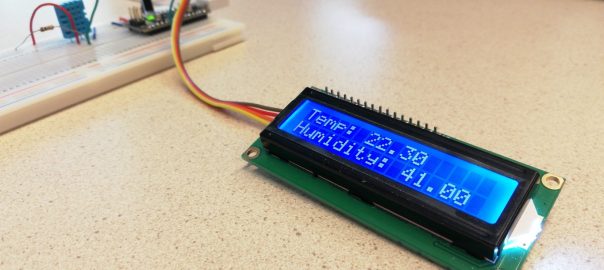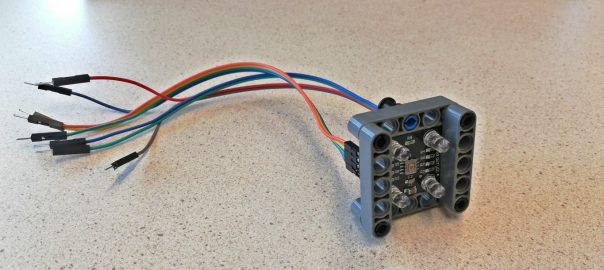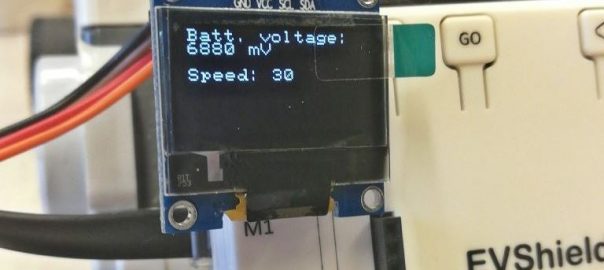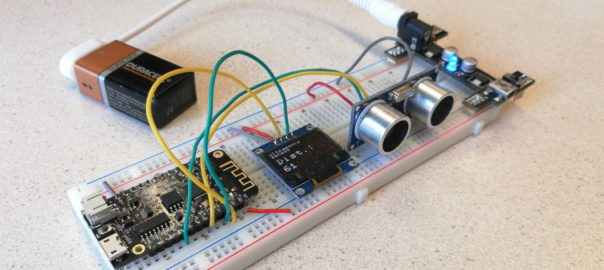
Create a connected distance sensor with an ESP32 module
This short tutorial introduces the ESP32 module (a Lolin32 Lite) and connects an HC-SR04 Ultrasonic sensor. The entire prototype will be powered by a battery and sent its data to a webserver via Wifi. It is assumed you have installed the Arduino IDE and have some basic understanding of using electronics and wiring a breadboard. Although in … Continue reading Create a connected distance sensor with an ESP32 module
